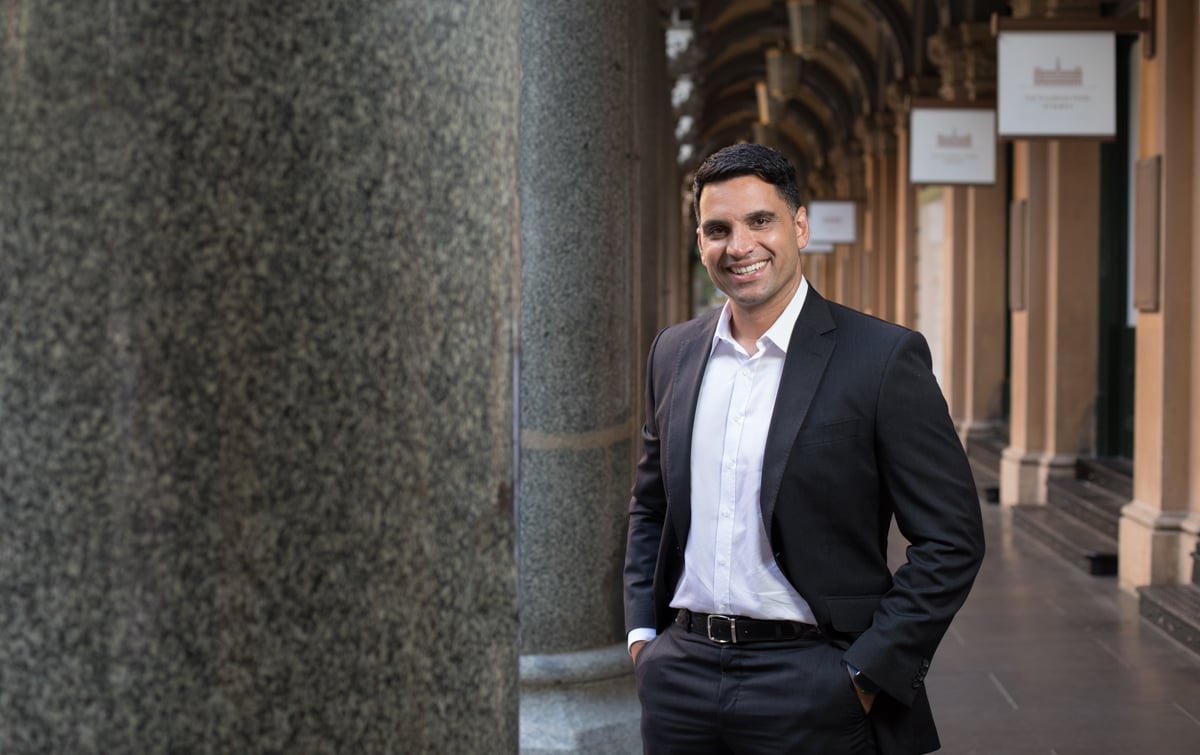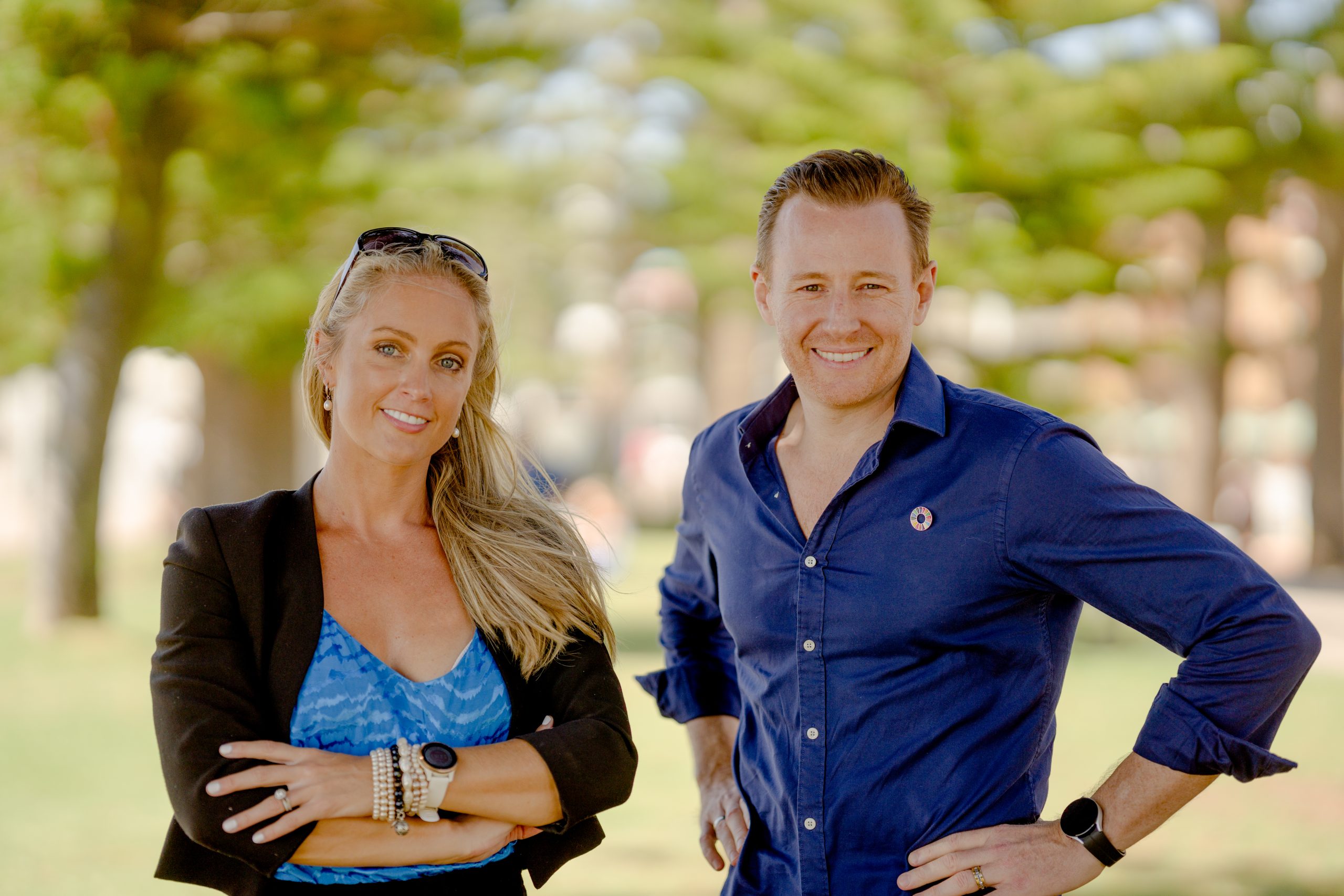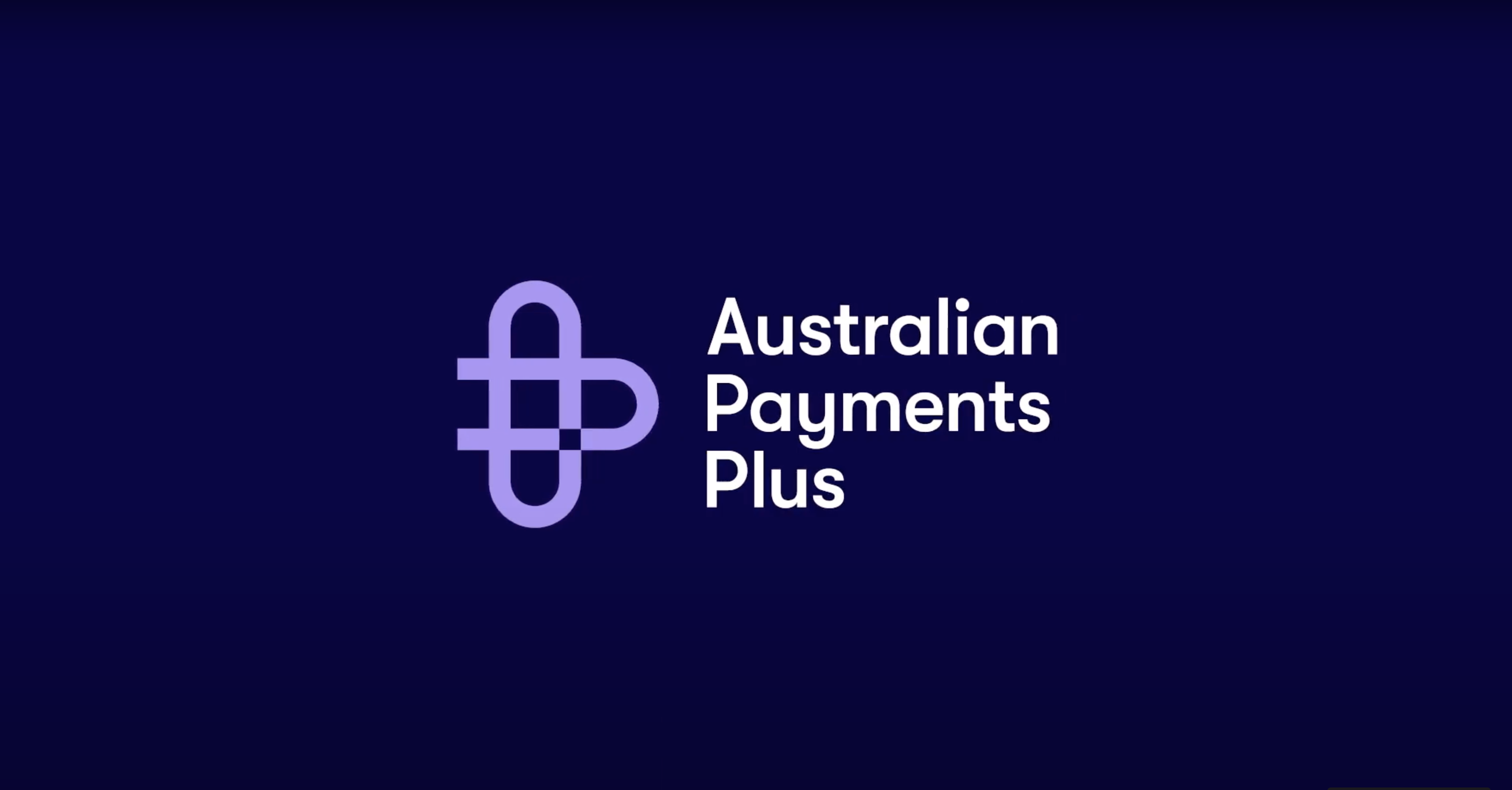Learning from My Hiring Mistake: The Importance of Fit
I actually made this mistake myself when hiring an accountant for Third Hemisphere.
I went with a big-name tax specialist who I thought would magically get me great results based on their brand name and the inflated fee I was being charged.
On the first annual tax return, following a rushed and impersonal meeting with one of their so-called specialists, I owed the ATO a significant tax bill.
So I decided to try someone that came highly recommended, who I knew was hardworking, super intelligent and, most importantly, hungry to achieve results for every single client.
Next year, I received a substantial refund, and I was finally being given the attention, creativity, and strategy that my finances sorely needed.
It was a great lesson in recruiting based on the appropriate size, stage, and hustle of both my business and my partner.
The exact same applies in PR, and below is why.

The people
Bigger agencies have entire teams whose primary job is to put together sparkly sales decks and deliver showy sales pitches.
These are the staff who often possess decades of experience in PR and the “grey hair” that many find so comforting.
But chances are if you sign with them, that is the last time you’ll see their shiny grey locks.
Because they generally send in the juniors and interns to work with you on a day-to-day basis, and even write and pitch your valuable content.
Sometimes the “grey hair” brigade hasn’t adapted to the new level of hustling required to get cut-through in today’s media environment anyway.
But that doesn’t mean your account should be serviced by a recent Arts graduate who hasn’t even met the top-tier journo’s you need.
With smaller agencies, the person who pitches to you tends to be the person you deal with on a daily basis. Not only is this better for your experience of the agency, but journalists much prefer dealing with this person too.
The media relationships
Smaller agencies are far more likely to specialise in a specific field. This results in the development of a deep understanding of your industry and product, and the ability to remain on top of emerging trends, breaking news stories, and any potential crises that may require preemptive mitigation.
It also means they are the ones journalists call for help on that particular industry.
As an example, last year the AFR ran a “Frontline Fallout” series covering how one company in each industry vertical overcame the challenges of COVID-19 across a 6-month period.
Before it all began, the journalist tasked with covering financial services for all of Australia called us personally to ask for our advice on how to approach the series, and which company to use.
As a result, we were able to showcase our best-positioned financial services client in the AFR every single month for 6 months when they didn’t otherwise have a huge amount to announce due to COVID-19.
He didn’t call Edelman or Ogilvy or Burson-Marsteller. He called Third Hemisphere.
And the results for our client were outstanding.
The motivation
Big agencies make big money. They have to, because they also have many big mouths to feed.
This means they usually don’t get out of bed for anything less than a $20k per month retainer – or more.
They may accept a lower retainer, but they may simply be taking on a ‘tiny’ account until they can charge far more.
And you absolutely do not want to be your PR agency’s smallest client.
Boutique agencies typically have fewer clients on the books, and each one is therefore significantly more valuable. This means more personalised service, a desire to go above and beyond, and far more love, care, and attention.
As a result, boutique firms rarely engage in the same churn-and-burn that larger agencies can experience, as it is far more important for engagements to last for years, not months.
The return on investment
Larger firms typically bill according to an hourly rate, applied at an average of the different tiers of staff they expect will work on your account.
As an example, a senior partner might cost $600 per hour, while an inexperienced junior might still be billed at $200 per hour. If the account was equally serviced by staff on these two levels, the hourly rate would be $400 per hour.
This type of fee structure can admittedly feel assuring. What you are “getting” is measurable and easy to understand.
Or is it?
Pricing PR Services Based on Outcomes, Not Hours
No one is truly paying for PR so they can “get” a certain number of hours of an Account Executive’s time. You pay for PR to disseminate key corporate messaging and achieve news featured prominently in tier-1 news publications, read by the stakeholders most crucial to your success.
So how does $400 per hour equate to the outcome you actually want again?
I doubt you care whether it takes an agency 10 hours or 100 hours to write and then place a story in the AFR – you just want it published. The timing of an editorial being published will result from strategically working with the editorial pipeline of the editor, which both agencies should be aiming for.
Incentivising an agency by the hour, to take more time to achieve your results, doesn’t make any sense whatsoever.
A good agency will set their retainer based on a number of defined results over a 6-12 month period, and hold themselves accountable.
So when might you consider a bigger agency?
Needing international reach
Larger agencies sometimes have offices across the globe. This can be really useful when your target audiences span multiple countries, and you don’t want to deal with different agencies in different locations, and also wish to ensure your messaging is consistent.
The only issue here is that you aren’t eliminating any of the above-mentioned issues with larger agencies. In fact, you may be amplifying them at scale across multiple geographic jurisdictions – jurisdictions that you are less familiar with and have less control over.
Some smaller agencies have partner agencies in other countries, so it can be worth inquiring about that before signing up with a bigger agency.
Looking for a “one stop shop”
Consider Specialized Agencies for Optimal Results
If you’re after a suite of comms-related services, such as media relations, digital marketing, and social media, then it might be tempting to find an agency that offers all of these different services.
Like with the international agencies, this could mean just one contact and (hopefully) consistency of messaging across the different channels.
But this could all occur at the expense of specialisation and, consequently, results.
Smaller agencies that are eager to please will often be very happy to liaise regularly with other firms you’ve hired for specialised areas such as social media and marketing, to keep everything synced up and consistent.
This way, you should be able to achieve both consistency and a high level of results.
So what’s the moral of the story? Recruit a PR firm that is right for your stage and growth ambitions, which will give you the love and attention you deserve.










